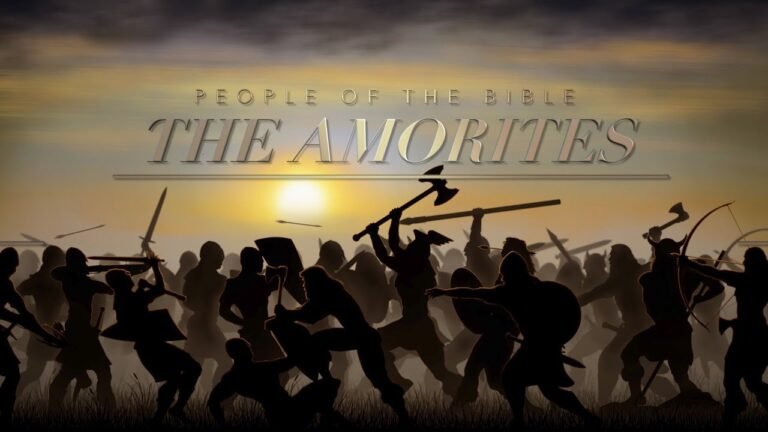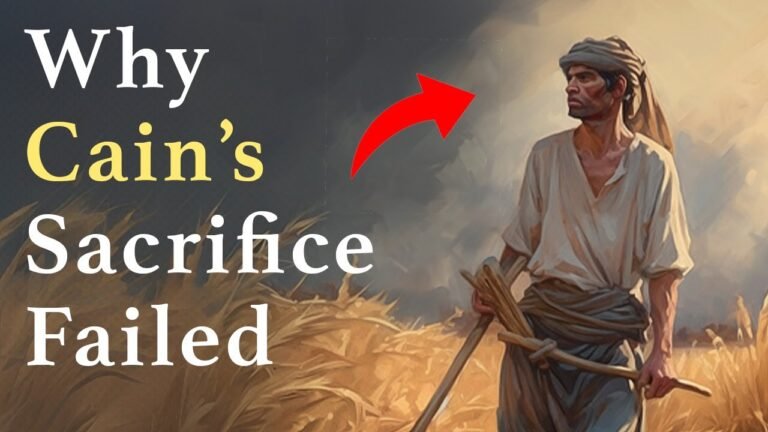Exploring the Significance of Biblical Animals
Throughout history, animals have held a significant place in biblical texts, symbolizing various virtues, vices, and divine messages. From the majestic lion representing strength and courage to the humble dove embodying peace and hope, these creatures enrich the narratives of the scriptures. This exploration of biblical animals reveals not only their roles in ancient stories but also their enduring significance in spiritual and cultural contexts, inviting us to reflect on the profound connections between humanity and the animal kingdom in our quest for meaning.
Which animals are considered divine in the Bible?
In the Bible, various animals hold significant symbolic meaning, representing the themes of sacrifice and atonement associated with Jesus Christ. Notable among these are red heifers, rams, ewe lambs, he-goats, and nanny goats, each embodying aspects of purity and redemption. Additionally, turtledoves, bulls, and pigeons are included in sacrificial rites, while the bronze serpent serves as a powerful metaphor for healing and salvation. Together, these creatures illustrate the profound connections between the physical and spiritual realms in biblical teachings.
Which animal holds significance in the Bible?
In the Bible, sheep hold a prominent place, symbolizing the faithful followers of God. They are often depicted as gentle creatures, representing vulnerability and dependence on the shepherd, who guides and protects them. This imagery resonates deeply with the idea of divine care, as seen in the well-known passage of Psalm 23, where the Lord is portrayed as a shepherd leading His flock to safety and nourishment.
Goats, on the other hand, carry a different significance in biblical texts. Frequently associated with sacrifices, they represent the idea of atonement and the complexities of sin. The ritual of the scapegoat, in which one goat is sent into the wilderness carrying the sins of the people, illustrates the profound themes of redemption and purification found throughout the Scriptures.
Cattle, including oxen and cows, were vital to the agricultural life of ancient Israel and played a clave role in sacrificial practices. They not only provided sustenance but also served as symbols of wealth and prosperity. The importance of these animals in daily life is reflected in various biblical narratives, underscoring their role in both community and worship. Together, these animals weave a rich tapestry of meaning that highlights the spiritual and practical aspects of life in biblical times.
What are the four animals mentioned in the Bible?
In biblical symbolism, the Four Living Creatures are often depicted as a powerful tetramorph, each representing a unique aspect of divine revelation. Matthew is associated with the man, emphasizing Christ’s humanity; Mark embodies the lion, symbolizing courage and majesty; Luke is represented by the ox, reflecting strength and service; while John takes the form of the eagle, soaring high with spiritual insight. This intricate representation, derived from the Greek term for “four forms,” illustrates the multifaceted nature of the gospel and the rich tapestry of biblical imagery.
Unveiling the Roles of Creatures in Scripture
Throughout the pages of Scripture, creatures play pivotal roles that extend beyond mere symbolism, offering profound insights into the divine narrative. From the majestic lion representing strength and courage to the gentle dove embodying peace and purity, these creatures serve as conduits for spiritual truths. Each animal not only enriches the text but also invites readers to explore deeper meanings and moral lessons that resonate throughout the ages.
The portrayal of animals often reflects the relationship between humanity and the divine. In stories like Noah’s Ark, the variety of creatures signifies God’s promise of preservation and renewal, reminding us of our responsibility as stewards of creation. Similarly, the serpent in the Garden of Eden serves as a cautionary figure, illustrating the complexities of temptation and free will. Through these narratives, Scripture underscores the interconnectedness of all living beings and their shared journey toward understanding faith and morality.
Ultimately, the roles of creatures in Scripture encourage reflection on our own lives and choices. They remind us that every being, great or small, has significance and purpose within the grand tapestry of existence. By engaging with these biblical animals, we uncover layers of meaning that challenge us to embrace compassion, responsibility, and an appreciation for the divine in all aspects of life.
Nature’s Lessons: Animals in Biblical Narratives
Throughout the Bible, animals serve as powerful symbols that convey essential truths and moral lessons. From the gentle lamb representing innocence and sacrifice to the cunning serpent embodying temptation and deceit, each creature plays a pivotal role in the narratives that shape faith and ethics. These vivid depictions not only enrich the stories but also encourage readers to reflect on the complexities of human nature and the choices we face. By observing the behaviors and characteristics of these animals, we gain insight into our own lives and the virtues we strive to embody.
Moreover, the interactions between humans and animals in biblical accounts highlight the interconnectedness of all living beings. The dove, symbolizing peace and hope, emerges in the story of Noah, reminding us of the promise of renewal after disaster. Meanwhile, the lion, often associated with strength and courage, reflects the duality of power and responsibility. These encounters invite us to consider our stewardship of the Earth and the importance of harmony within creation. Ultimately, the lessons drawn from these animal figures resonate across generations, urging us to cultivate compassion, wisdom, and a deeper understanding of our place in the world.
Symbolism and Spirituality: The Animal Kingdom in the Bible
Throughout the Bible, animals serve as profound symbols, embodying spiritual truths and divine messages. From the gentle lamb representing innocence and sacrifice to the fierce lion symbolizing strength and majesty, each creature reflects aspects of God’s creation and character. The dove, often associated with peace and the Holy Spirit, highlights the importance of harmony and hope in human experience. By weaving these animal symbols into the narrative, scripture invites readers to explore deeper spiritual meanings, encouraging a connection with the divine that transcends the literal and resonates within the human soul. This rich tapestry of symbolism not only enhances understanding of biblical teachings but also fosters a greater appreciation for the intricate relationship between humanity and the natural world.
From Lions to Lambs: Understanding Biblical Beasts
Throughout the Bible, animals serve as profound symbols, each carrying unique meanings that resonate with human experiences. Lions, often depicted as symbols of power and majesty, represent strength and divine authority, reminding us of the courage required in the face of adversity. In contrast, lambs embody innocence, purity, and sacrifice, reflecting themes of humility and redemption. This juxtaposition of ferocity and gentleness not only enriches biblical narratives but also invites believers to explore the complexities of faith, morality, and the duality of human nature. As we delve into these biblical beasts, we uncover deeper insights into our own lives, encouraging a balance between strength and compassion in our spiritual journeys.
Divine Creatures: Insights from the Animal Realm in Scripture
Throughout scripture, divine creatures often serve as profound symbols, bridging the gap between the earthly and the heavenly. From the majestic seraphim with their six wings, embodying purity and divine presence, to the humble sparrow, which reminds us of God’s attentive care for even the smallest of His creations, these beings offer insights into the nature of the divine. Each creature, whether soaring in the skies or quietly roaming the earth, reflects unique attributes of God’s character—strength, grace, and nurturing love. By contemplating these sacred depictions, we gain a deeper understanding of our relationship with the Creator and the inherent value of all living beings in the tapestry of existence.
Biblical animals not only enrich the narratives of sacred texts but also serve as powerful symbols that resonate through time. Their stories provide insights into human nature, morality, and our relationship with the divine. By exploring these creatures, we uncover deeper meanings and connections to our own lives, reminding us that the lessons of the past continue to guide us today. Embracing the wisdom embodied in these ancient tales allows us to appreciate the profound role that animals play in both scripture and our spiritual journeys.







